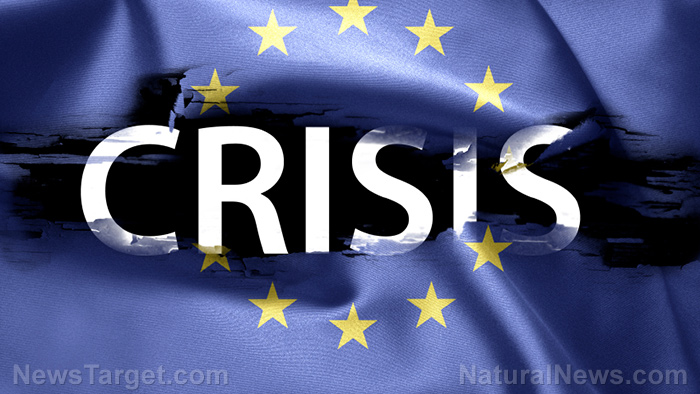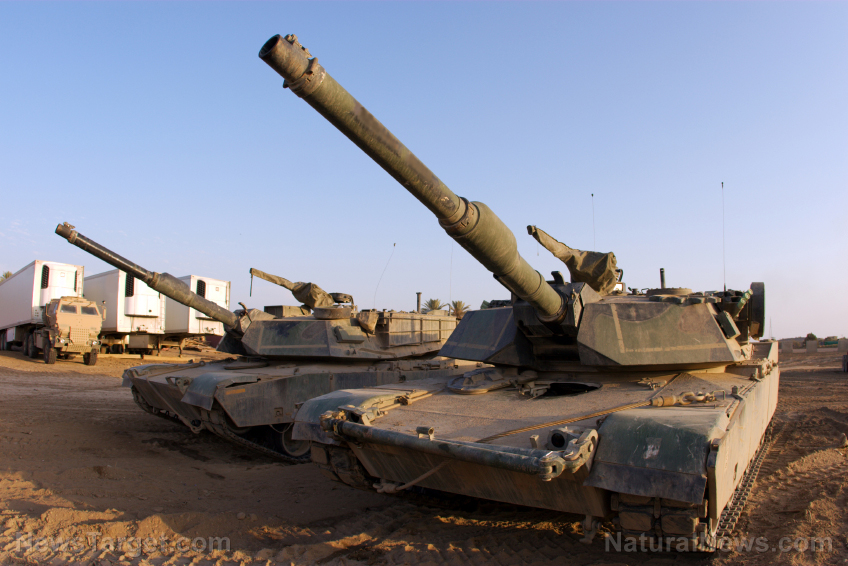 Parler
Parler Gab
Gab
- China concluded high-stakes war exercises ("Strait Thunder-2025A") simulating attacks on key Taiwanese ports and energy facilities, involving over 20 naval vessels and 50 aircraft. The drills aimed to showcase military readiness and warn Taiwan against separatist actions.
- Under President Xi Jinping, China has intensified the scale and sophistication of such exercises since 2016, serving as both tactical rehearsals for invasion and demonstrations of military strength.
- The PLA conducted live-fire drills, including long-range strikes targeting critical infrastructure, while the Shandong aircraft carrier led multi-dimensional blockade exercises to isolate Taiwan strategically.
- Taiwan and the U.S. denounced the drills as reckless, with Washington reaffirming support for Taiwan’s security and warning against unilateral changes to the status quo.
- The drills reflect Beijing’s growing aggression, raising fears of escalation. The international community, led by the U.S., is reinforcing deterrence efforts amid heightened cross-Strait tensions.
Escalating tensions and historical context
The drills are the latest in a series of military exercises that have become more frequent and sophisticated under President Xi Jinping’s leadership. Since 2016, Beijing has significantly increased the complexity and frequency of these drills, aimed not only at intimidating Taiwan but also at validating its military capabilities for a potential future invasion. Analysts suggest that these exercises serve both as tactical rehearsals and strategic demonstrations of strength. David Silbey, a professor of military history at Cornell University, emphasizes the complexity of amphibious assaults: “China can’t just build the ships and charge over to Taiwan. They need extensive practice in all aspects of such an operation, from logistics to precision strikes. These drills are essential for honing their skills.”Precision strikes and strategic messaging
On the second day of the drills, the PLA Eastern Theater Command initiated live-fire exercises in the East China Sea, targeting simulated ports and energy sites. The exercises included long-range strike drills that demonstrated the PLA’s ability to paralyze critical infrastructure across Taiwan. Senior Colonel Shi Yi, a PLA spokesperson, praised the operation’s success, stating, “The drills involved precision strikes on simulated targets such as key ports and energy facilities and achieved the intended results.” The Shandong aircraft carrier, along with naval and air forces, conducted exercises to the east of Taiwan, focusing on ship-aircraft coordination and establishing regional air superiority. These maneuvers emphasized China’s capability to execute multi-dimensional blockades, isolating Taiwan both strategically and operationally.International response and diplomatic fallout
Taiwan’s Ministry of National Defense denounced the drills as “reckless” and “irresponsible,” with the island’s military raising its readiness level to prevent any potential escalation into actual combat. The United States, which remains Taiwan’s staunchest international ally, joined Taipei in condemning China’s actions. The U.S. State Department reiterated its commitment to Taiwan’s security and condemned Beijing’s efforts to intimidate Taipei. “China’s aggressive military activities and rhetoric towards Taiwan only serve to exacerbate tensions and put the region’s security and the world’s prosperity at risk,” the State Department stated. The U.S. further warned that any unilateral attempt to change the status quo would be unwelcome.A pattern of escalation
As China continues to assert its military prowess in the Taiwan Strait, the region teeters on the brink of heightened instability. The “Strait Thunder-2025A” drills are part of a pattern of increasing aggression that underscores Beijing’s determination to maintain control over what it views as an integral part of its territory. The drills also serve as a stark reminder of the potential for escalation, with both sides accusing each other of brinkmanship. For now, the international community watches closely, with the U.S. and its allies reinforcing their commitment to deterrence and stability in the region. The geopolitical landscape remains fraught with uncertainty, making the resolution of cross-Strait tensions more urgent than ever. Beijing’s message is clear: Confrontational rhetoric will not be tolerated, and the PLA is prepared to act accordingly. As strategic competition intensifies, the world waits to see if diplomacy can avert further escalation. Sources include: ZeroHedge.com OneDecision.com CNN.com SCMP.comEU pauses retaliatory tariffs as Trump temporarily halts new duties
By Willow Tohi // Share
Gold prices surge past $3,200 as experts warn of U.S. dollar collapse under Trump policies
By Finn Heartley // Share
U.S. military ends decade of climate change initiatives, redirects focus to readiness
By Willow Tohi // Share
Dane Wigington exposes climate engineering as ‘All-Out Weather and Biological Warfare’
By Finn Heartley // Share
Amazon and Walmart navigate tariff turmoil: Retail giants adjust strategies amid trade war
By Willow Tohi // Share
Governments continue to obscure COVID-19 vaccine data amid rising concerns over excess deaths
By patricklewis // Share
Tech giant Microsoft backs EXTINCTION with its support of carbon capture programs
By ramontomeydw // Share
Germany to resume arms exports to Israel despite repeated ceasefire violations
By isabelle // Share










